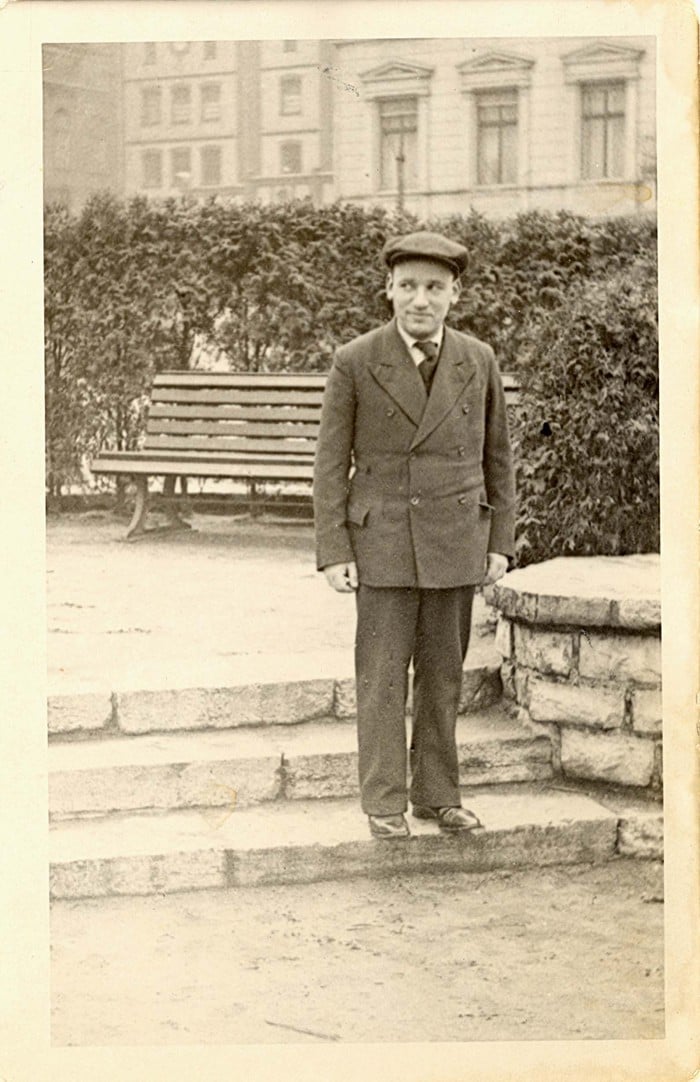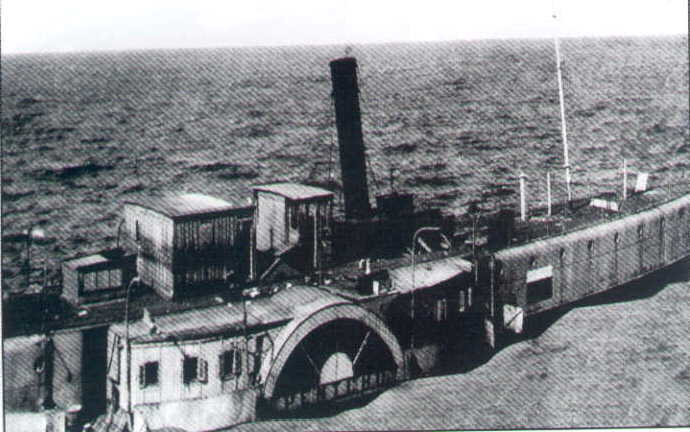“A Great privilege to visit the grave.”
Years after burying the ashes on the Mount of Olives, Avishi, Mordechai’s great-grandson, embarked on a journey to Poland. This journey, which took place about a year ago, ignited in Avishi a strong desire to explore his family’s history. While visiting the concentration camps, he resolved that upon returning to Israel, he would visit the grave of his grandfather’s brother, Yehoshua.
Attempting to locate the grave, Avishi contacted the Mount of Olives Information Center in the City of David, and the staff quickly provided him with a clear answer regarding the precise location of the grave.
“Every Holocaust story is unique,” says Avishi while getting emotional. “The story of my great grandfather and his son Yehoshua is unique in that a Jew was burned in a concentration camp at the beginning of the war, the family received his ashes, and throughout the war, his father wandered across Europe, by river, sea, and land, enduring many trials and constant danger of death – yet he managed to preserve the ashes and eventually brought them for burial on the Mount of Olives. It’s a great privilege to visit the grave of a Jew who was burned in the Holocaust and buried in Israel. Many in our family have not yet visited the grave, but now that we know where he is and how to get there, it will be their first time.”
Yonatan Mnovitz, the manager of the Mount of Olives Information Center, operated by the Elad Foundation – City of David, states: “A few months ago, we received an email request to locate the deceased, Yehoshua Rabhun, using the system on our website. A representative from the information center received the information, and thanks to his experience and knowledge of the Mount of Olives, he quickly located the grave. The requester received a prompt response, including a link to the buried person’s card with the grave’s exact location, a tombstone picture, and the option for mobile navigation to the grave site. It is moving to know that today, 84 years after he was murdered in the Holocaust, we had the privilege to assist the family of Yehoshua in finding his grave on the Mount of Olives.”





